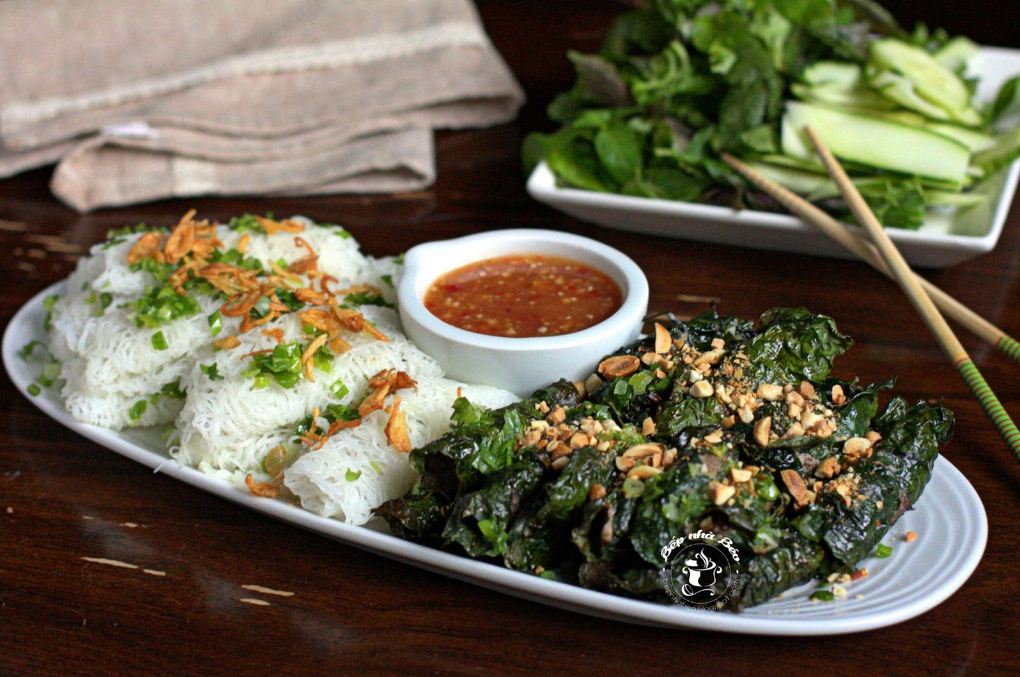Vietnam food culture — Flowers and leaves in Vietnamese cuisine
Aside from its primary role of beautifying living spaces, leaves and flowers are excellent components for Vietnamese people to use in the preparation of trademark meals. Let us now investigate the function of flowers and leaves in Vietnamese cuisine.
Visit traditional Vietnamese markets: Remember to buy flowers!
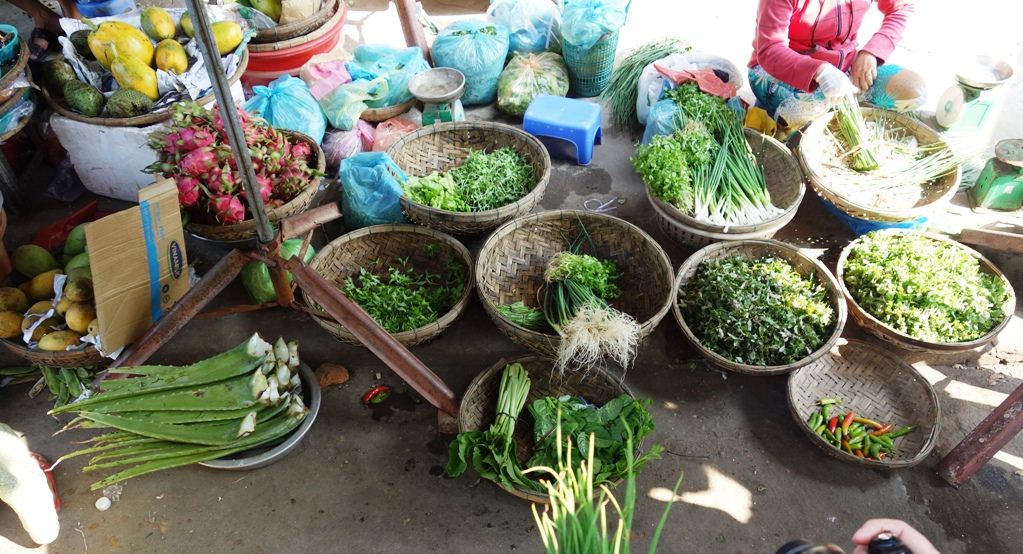
Whether I’m traveling throughout my nation or visiting a new country, the first place I go isn’t a landscape, but a market. Nowhere else can you get a more authentic picture of a local than in a market. And, of course, during the first days of the year, I always go shopping at a typical Vietnamese market. Foreigners are surprised to learn that there are hundreds of flowers and greens in these marketplaces that are only used to…eat.
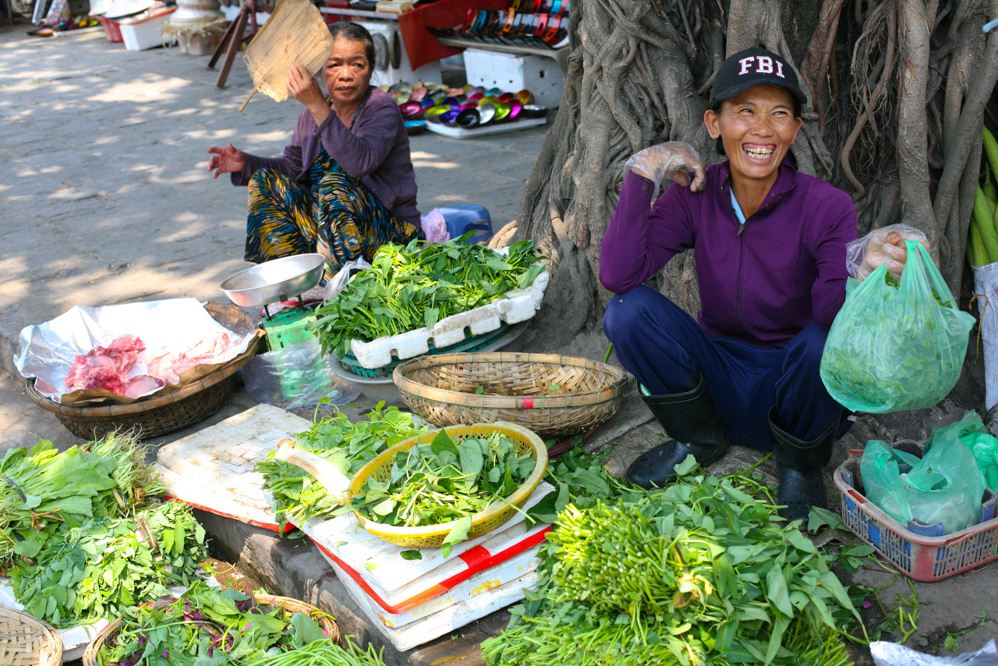
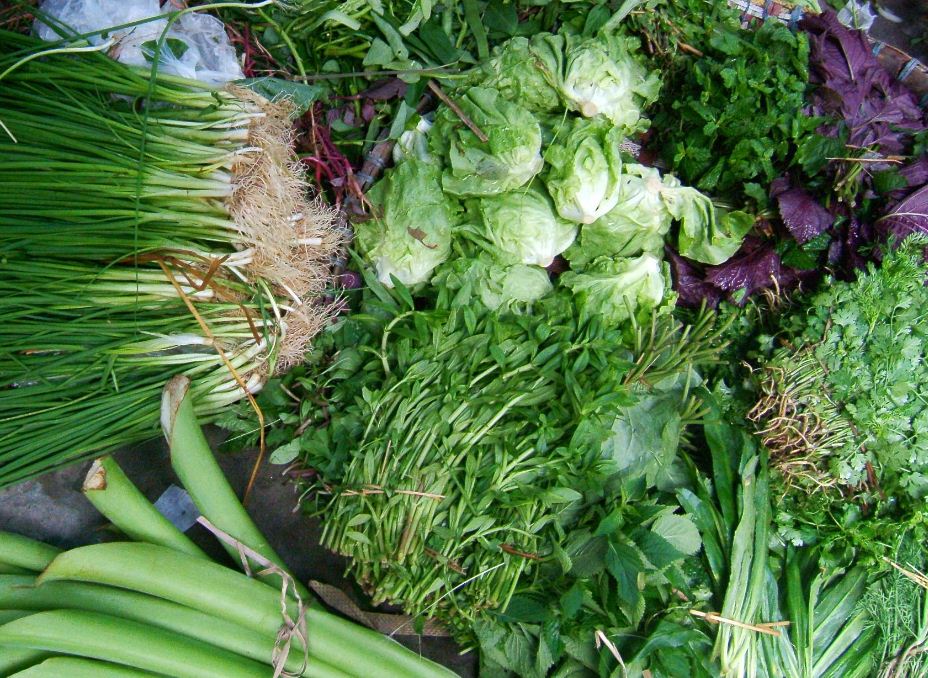
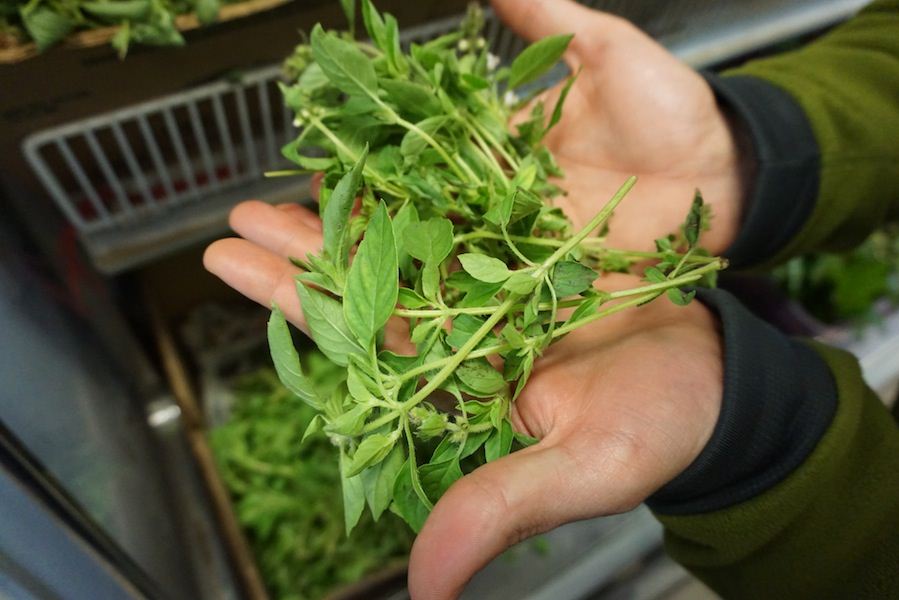
A friend of mine once told me that culinary culture is a gateway to a country’s spirit. When I walk around Vietnamese markets, I believe our “spirit” is very lovely and peaceful since we consume so many flowers and greens. Try it, and after the trip, when you look at a flower or a leaf, you’ll probably wonder if it’s edible or not.

Aside from sampling delectable foods, there is an even better approach to discover the culinary world: make a dish like a native! A plastic tube used to remove the leaves of water morning glory (spinach), a pig-iron knife, or a gadget to prepare banana blossom may all be found in any Vietnamese kitchen.
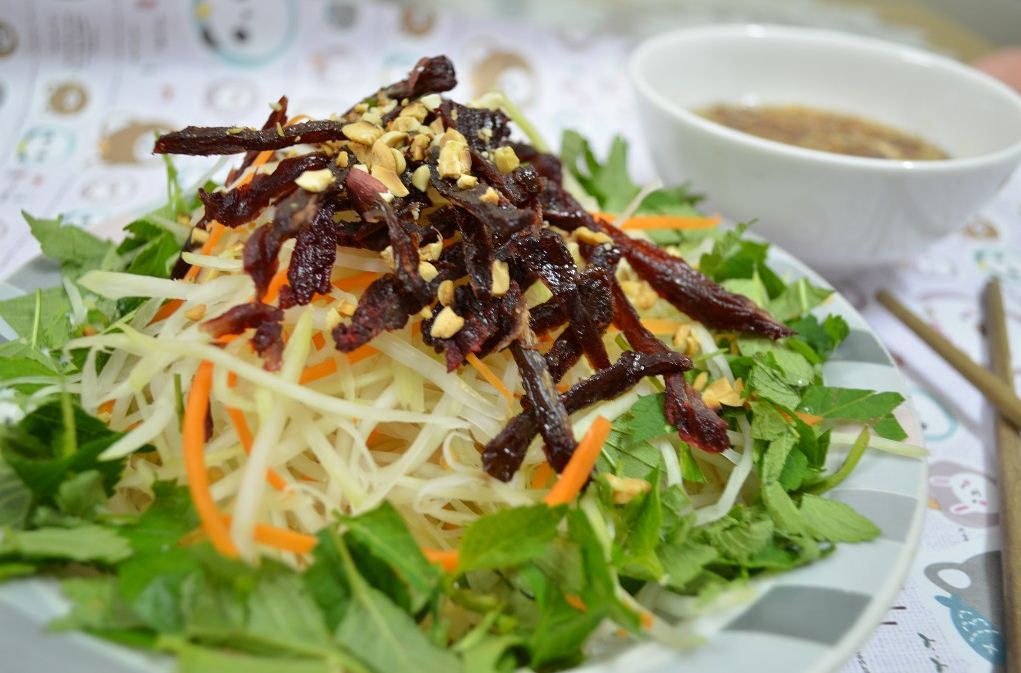
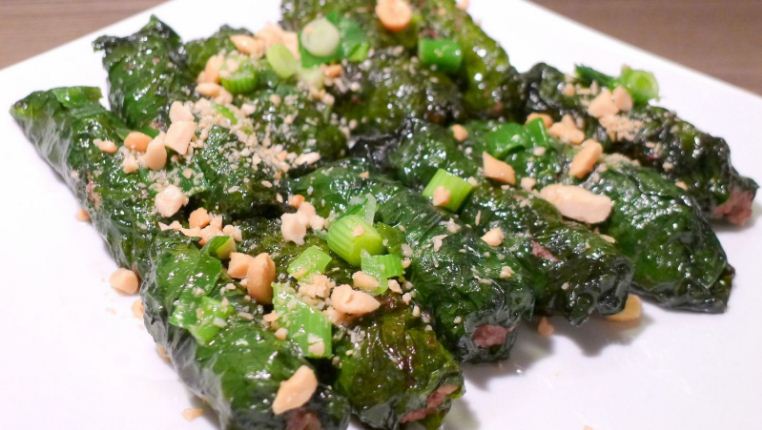
Cooking ph (Vietnamese noodles), rolls, meat roll with piper lolot, or lotus salad — delicacies you see in newspapers and tourist magazines – will surprise you. Try making gi cun (translucent fresh spring roll), one of the ten most delectable Vietnamese meals. All you have to do is roll all of the ingredients, including the prawns, pork, veggies, tiny spring onion, and shallot, within a girdle cake called bánh tráng. Quick and delicious! It’s also why this dish is popular for big events because hosts don’t have to spend as much time cooking huge dinners. If you want to reduce the amount of glucose, then take cabbage, or other leaves to roll with shrimp, meat, and all sorts of vegetables you want. Easy and pleasant! Don’t worry if you don’t cook well, just “roll” to the kitchen and enjoy your “work of art”!
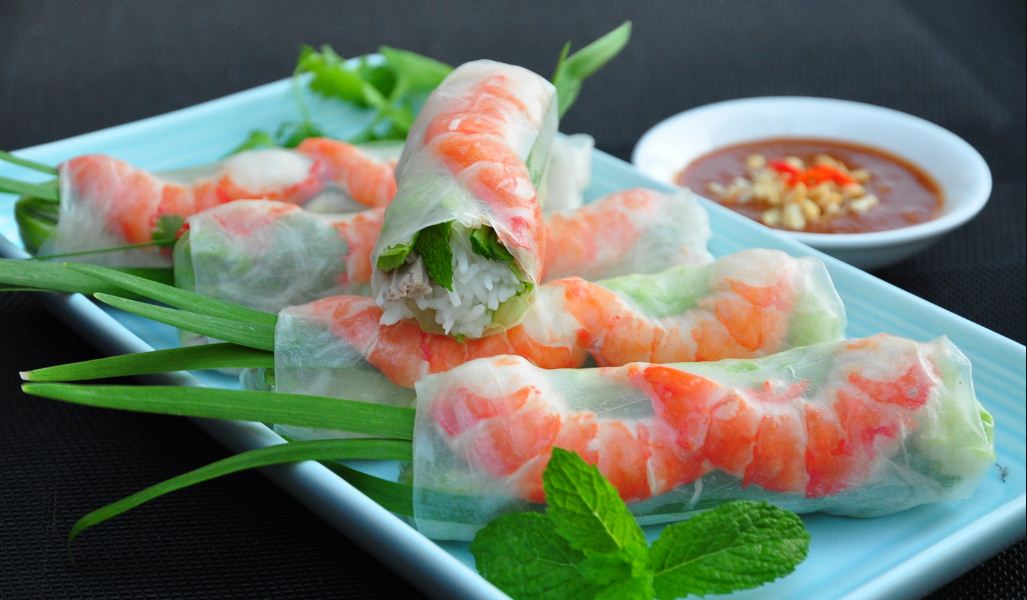
Leaves and flowers: Every dish is delicious!
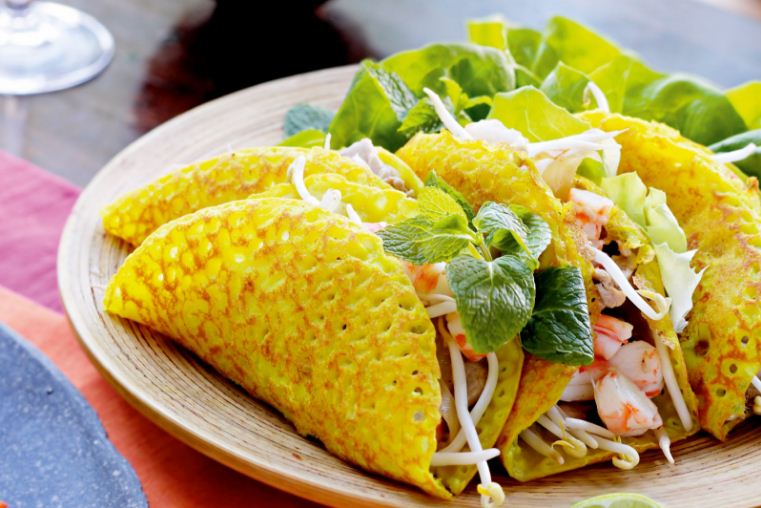
The Japanese fry marble leaves to eat, while the French prepare meat with artichoke blossoms, but no nation employs as many different types of flowers in cookery as Vietnam. Historically, virtually all Vietnamese people did not have enough money to buy white rice and fresh meat, so they substituted leaves for spices and had flowers and fruits served as side dishes. They only ate meat and eggs during Tet. Pork stewed with eggs became a popular meal on this holiday. When foreign tourists see Vietnamese people utilize a dozen different types of leaves in a meal or stir-fry flower to eat instead of ice cream on hot days, they generally say “wow” and “wow.”
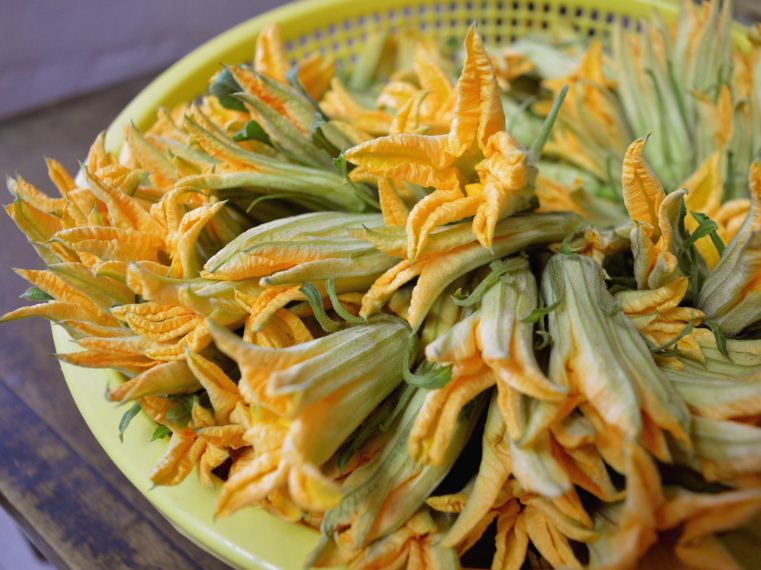
Vietnamese cooks can make hundreds of various meals using flowers such as pumpkin flowers, banana bloom, sesbania sesban, hyacinth flowers, shallot flowers, loopah flowers, lotus, sadao flowers, fig blossoms, telosma cordata, and others. Yellow pumpkin blossoms are popular in the South of Vietnam because they are both attractive and tasty. My buddy was shocked one day when eating pumpkin flowers packed with prawn to learn that to cook this meal, we only choose “male” flowers and save “female” ones for the continuation of the race. The boiled pumpkin blossoms are delicious, although the petiole is a touch stiff. Pumpkin-based dishes are frequently offered throughout the holiday season.I love pumpkin flowers stuffed with prawn, which is crispy, aromatic with the sweet flavor of prawn.
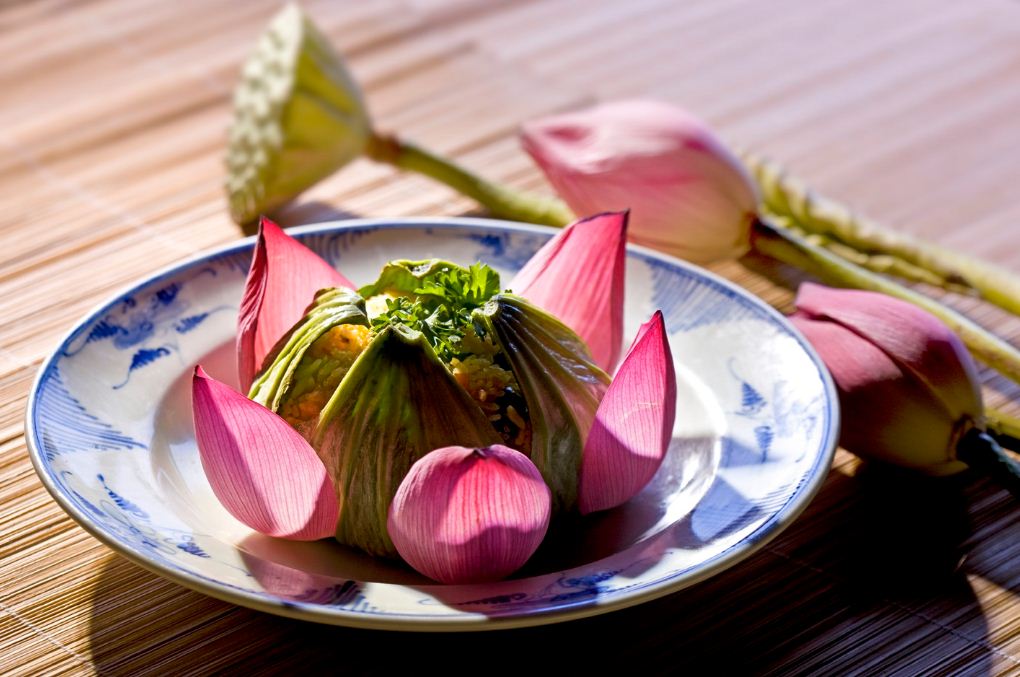
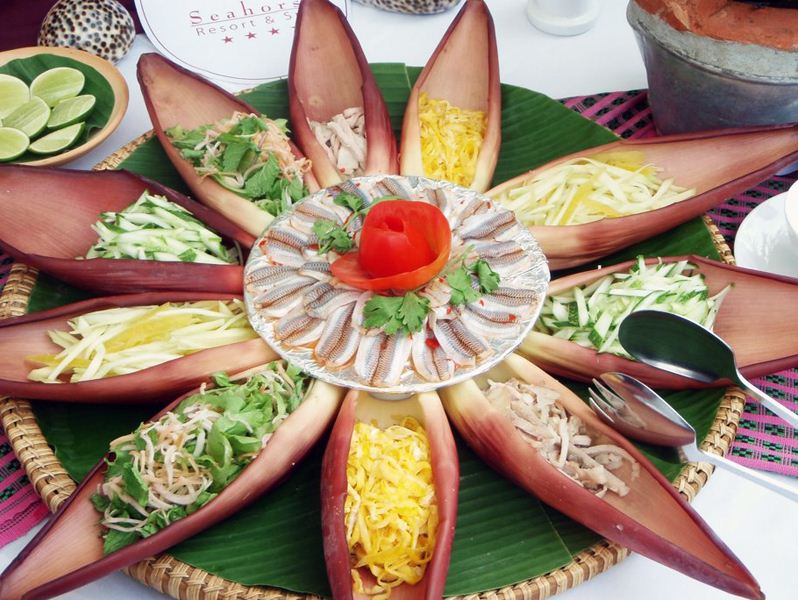
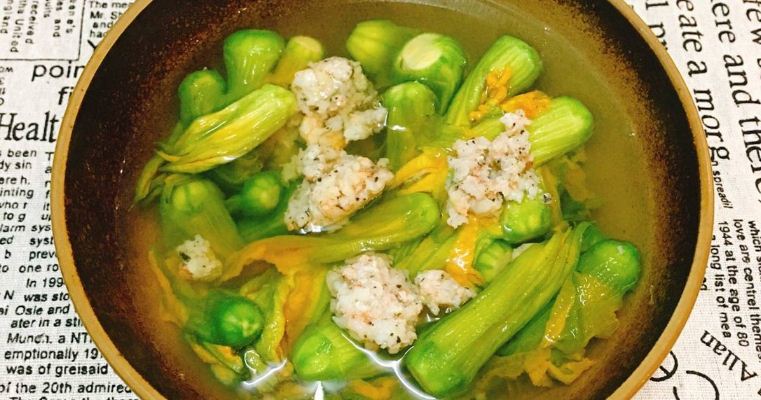

If flowers boring you, try grilled steak with piper lolot, fried rice with Ocimum basilicum L. var. pilosum, or BBQ chicken with bamboo. A trademark meal is grilled beef with piper lolot. On somewhat wet days, I enjoy sitting in a tiny alley in the center of Saigon, conversing with friends and inhaling the aroma of fat cooked on a broiling plate. Piper lolot leaves remain green after grilling. This type of leaf adds flavor to the meal and protects the meat from being burnt when we use coal. Piper lolot will tempt you for the rest of your life if you try it once. With piper lolot, grilled meat becomes more exquisite.. Also, piper lolot is good for your health, especially when you get tired because of changing weather. Order some plates of grilled beef with piper lolot and you can refill the energy.
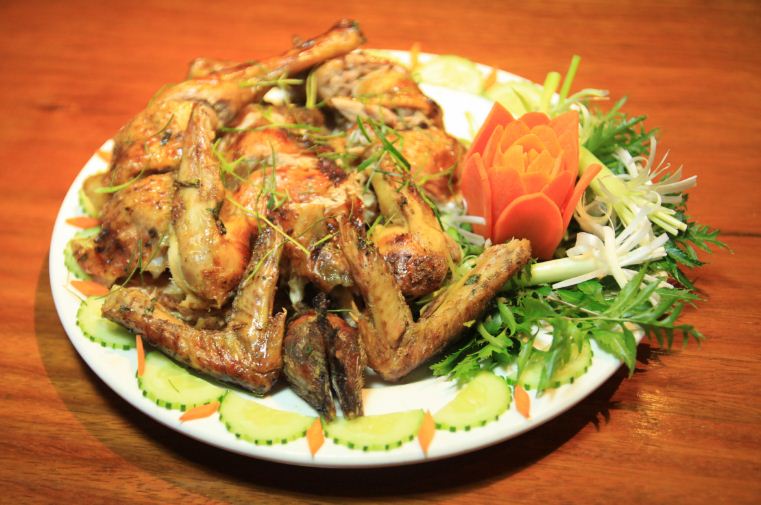
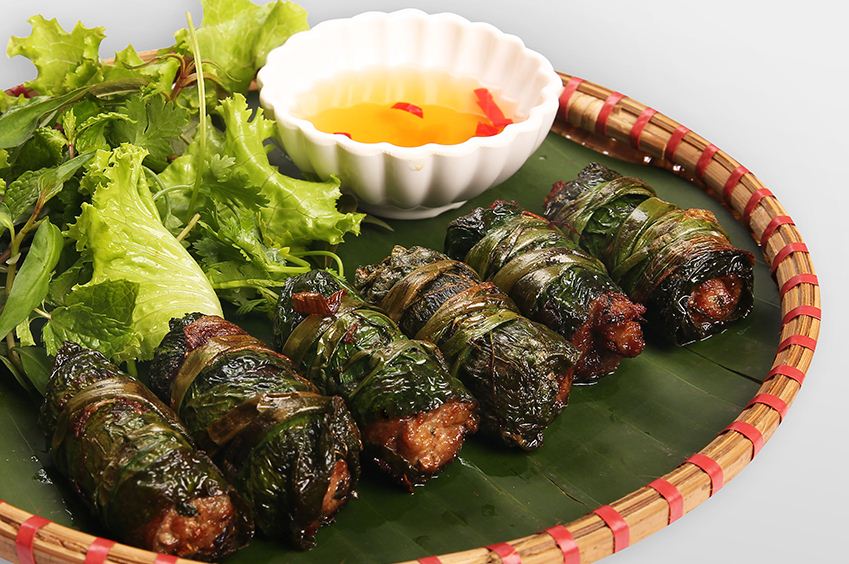
If you get the opportunity to visit Phu Yen Province, the location of the film “Dear Brother, I see yellow blossoms on green grass,” don’t miss out on trying rice with Ocimum basilicum L. var. pilosum. Surprisingly aromatic! This leaf should not be confused with Thai basil since Ocimum basilicum L. var. pilosum is more fragrant. Crushed leaves are combined with rice. Fried rice is preferred to fully appreciate its taste. If you have a headache, this meal will help you get rid of it since Ocimum basilicum L. var. pilosum is also a traditional remedy. It’s strange, but if they’re grown on sandy soil in Vietnam’s harsh Central Highlands, they’re more flavorful than those grown in lush soil. So, if you want to taste the Central’s flavor, then buy this kind of leaf to cook with rice or mix with salt.
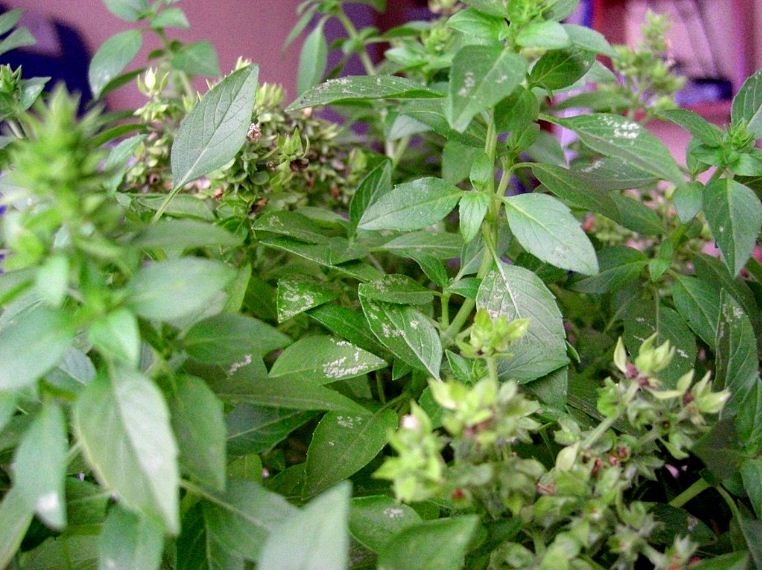
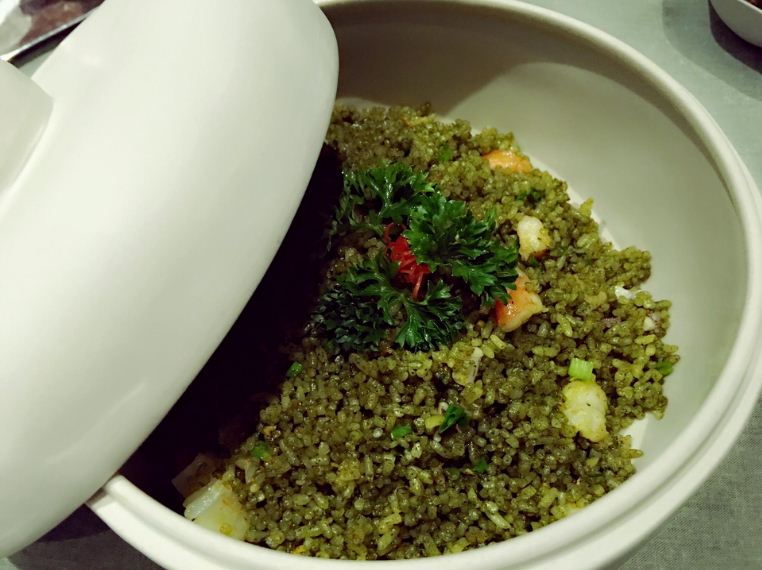
Many international tourists agreed that the greatest part of their trip to Vietnam is the food. They may eat a lot without worrying about their weight because there are so many healthy options. From tiny spring onions, cumin, coriander, and perilla to trademark dishes, the culinary world is a world of flowers, leaves, and fruits. You are welcome to bring any flowers or even bamboo to your kitchen to cook with.
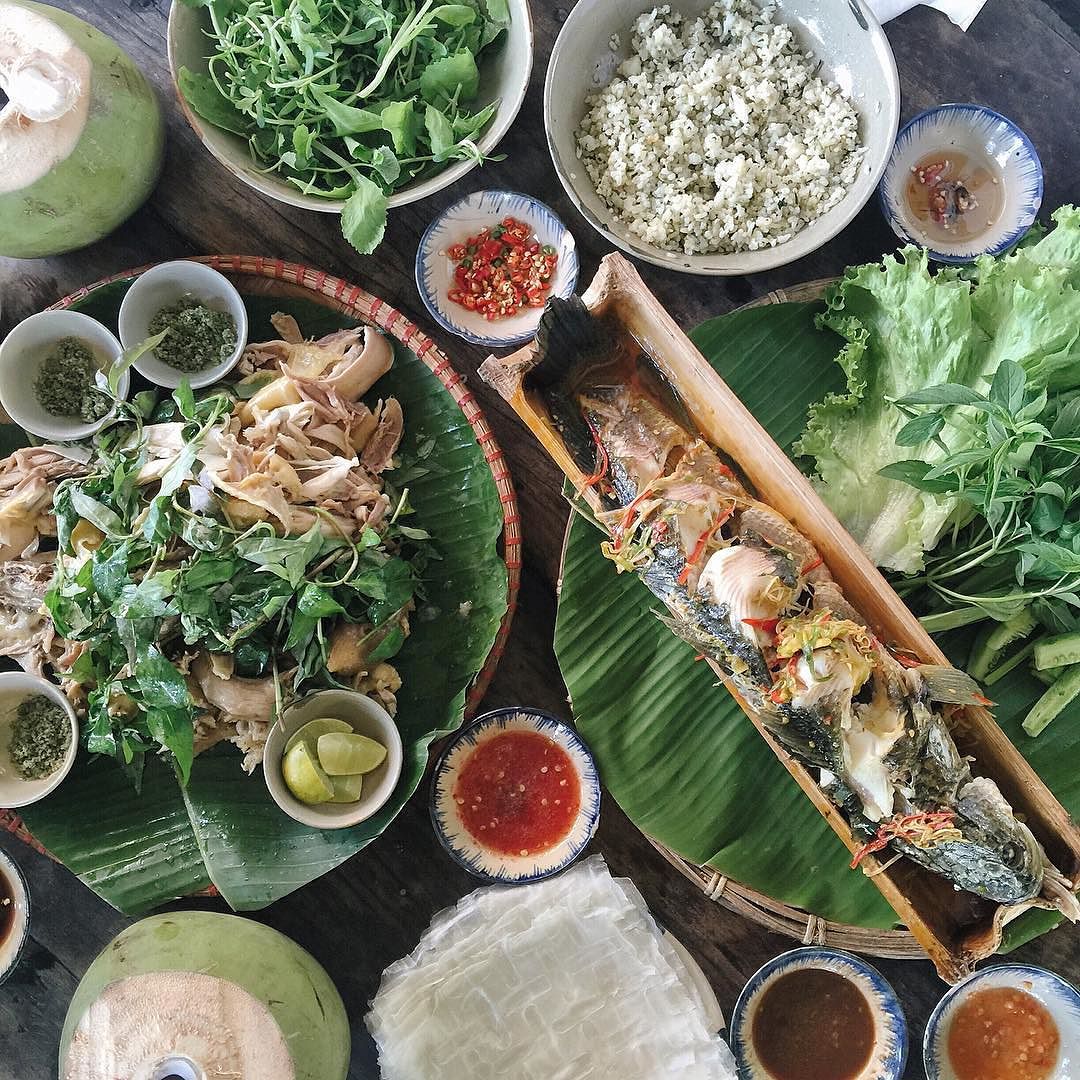
If you are visiting Ho Chi Minh City (or Saigon) you can explore the art of flowers and leaves in Vietnamese cuisine at:
Square One
Park Hyatt Hotel, 2 Lam Son Square, Dist. 1, Ho Chi Minh City (Saigon)
Tel: 08 3520 2359
Si Restaurant
7A Ngo Van Nam Str., Dist. 1, Ho Chi Minh City (Saigon)
Tel: 08 3829 6066
Saigon Cooking Class
74/7 Hai Ba Trung Str., Dist. 1, Ho Chi Minh City (Saigon)
Tel: 08 3825 8485











